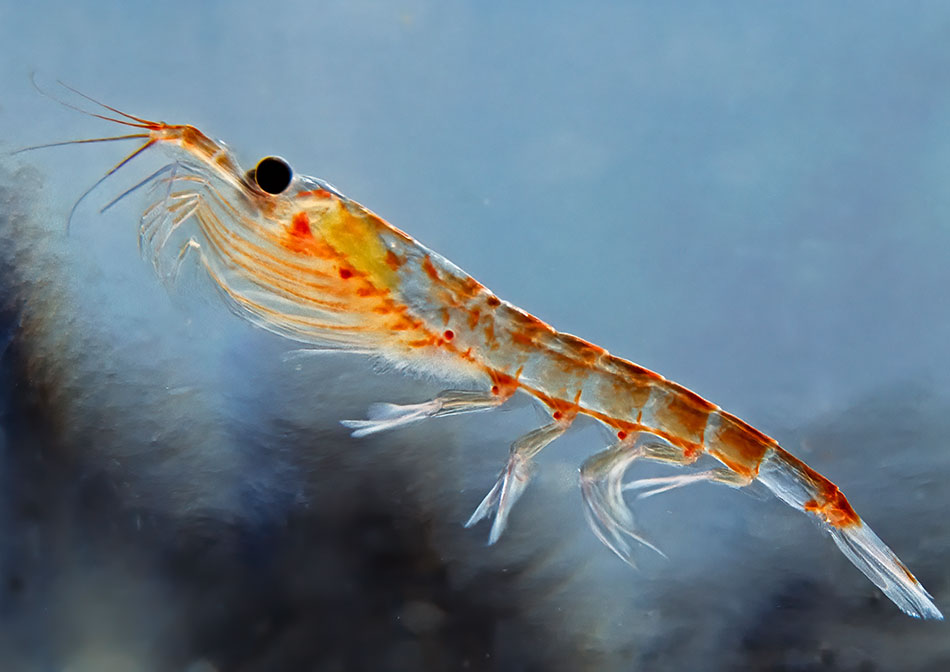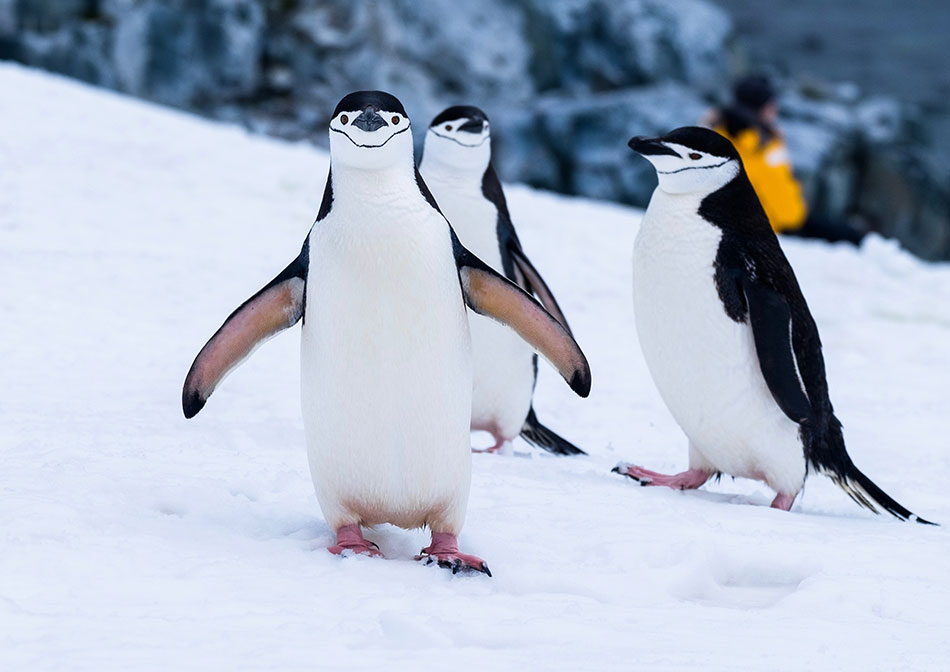Climate change in Antarctica and the global impact of sustainable actions
Our shared world is an intricate sequence of dominoes. When we push one to tipping point, it has a knock-on effect on all of them. It’s just a matter of time until each one falls. We are one ecosystem, and the sustainability choices we make as people, businesses and governments in our corner of the world impact the entire planet, for better and worse.
When we went to Antarctica with 2041 Foundation, we saw the impact of this first-hand. Record high temperatures, retreating ice, unseasonal weather and struggling wildlife, all to a backdrop of breath-taking natural wonder. An unravelling of millennia of ecosystem stability in a short space of time, and a prediction of what’s to come globally if we don’t live more sustainably.
10,000-year-old ice, gone in a few decades
Antarctica is the earth’s fifth largest continent, around 40% bigger than Europe and is almost entirely covered with ice that averages 2km thick. It contains 90% of the planet’s freshwater and while it only snows around 2 inches a year, the snow has built up over 45 million years to create the ice sheets we see today. Antarctica’s stats are remarkable, but, increasingly, not always for the right reasons.
In the last 65 years the continent has warmed by 3°C, almost double the global average, and over the same period water temperatures have risen by 1°C. These two factors combined have contributed significantly to the loss of 28,000km2 of ice shelf into meltwater. That’s equivalent to the amount of water needed by every house in the UK for 1,000 years.
The rate of ice loss from Antarctica has tripled in the last 10 years alone. Core samples taken from the seabed beneath a melted section of ice shelf revealed that they had been there for at least 10,000 years, which suggests that the warming of Antarctica and resulting rapid ice-shelf retreat is not simply earth still coming out of the ice age.

Why does it matter?
While the retreating sea ice doesn’t impact sea-levels due to displacement, the melting of ground ice on the Antarctic continent does, contributing to a 0.16mm rise each year. As well as increasing flood risk globally, increasingly fragile ice sheets are causing the loss of whole penguin colonies.
The rapid melting of sea and ground ice, along with warmer temperatures is also combining to change the makeup of the waters that surround the Antarctic. This in turn is causing severe impacts on the maritime environment, including acidification and enhanced UV radiation.
Less ice means less krill
Krill are crucial to the Antarctic food chain. Almost everything eats them, from fish and squid, to seabirds, penguins and whales, and without them the whole ecosystem breaks down. Similar in appearance to lobsters, krill are tiny, with adult Antarctic krill reaching 6cm and weighing around a gram (imagine a paperclip), but they often swim in schools of up to 30,000.
Krill numbers are declining fast, and the majority of scientific research points to climate change. Research by the British Antarctic Survey in 2004 showed numbers had dropped by 80% since the 1970’s, with one of the main causes being the loss of sea ice. In the winter, the underside of sea ice acts as a feeding ground for krill, where they can consume algae. Less sea ice means fewer feeding grounds, resulting in swaths of krill not making it through to the summer breeding season.

A broken ecosystem
The impact of falling krill numbers is felt up through the food chain, with predators such as penguins and whales competing for an ever-decreasing amount of food. As a result, they’re forced to travel further and move their breeding grounds in search of enough food to survive.
For penguins, those new breeding grounds are also decreasing dramatically as warmer air and sea temperatures cause sea ice breeding sites to melt. The number of Chinstrap penguins alone has declined 77% since the 1970’s, suggesting something is seriously broken in the Antarctic marine ecosystem.

What does it mean for the world?
Antarctica is a predictor of change elsewhere on the planet. Right now it’s the continent hardest hit by climate change, and what happens there doesn’t stay there. The warming of climates, destruction of food chains and loss of life that’s increasing year-on-year will soon be seen in Europe, North America, South America, Africa, Asia and Australia. At our current pace of halting climate change, that’s a guarantee.
No one area of the planet exists in a bubble, everything and everyone is connected and impacted by actions elsewhere.
Rather than troubling, this should be inspiring.
By each taking action to live more sustainably — using renewable energy, reducing water usage, eliminating single-use plastics, and sending less to landfill — we can have an impact around the world. Cutting carbon emissions, reducing waste, halting global warming and ultimately protecting our ecosystem and environment.
This is why sustainability is one of Ventient’s core values, shared by all of our team and sought in the suppliers we work with. In Antarctica we were reminded, if needed, why generating evermore renewable energy — and doing it the Ventient Way — is so important.
